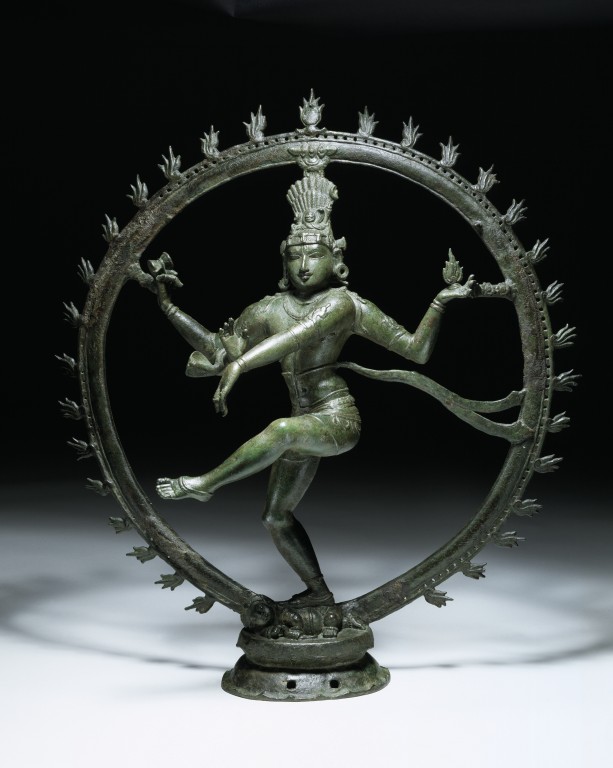Our first library novelty this month is “The Cosmic Dance”, an article relating St Augustine’s De Musica with the Hindu image of Shiva as lord of universal harmony. Fr Aelred Squire, OP, brings out some of their deepest affinities in the light of a careful reading of the Latin text.
The hierarchy established as the term of this discussion places the physical rhythms lowest, then those of memory, then the responsive rhythms of sensation, then the spontaneous rhythms of self-directed activity, and finally at the head, the rhythm of discernment. Can we rise beyond this?
• Our second featured article explores concisely and in fine detail the “Hindu and Buddhist Techniques to Attain Samadhi,” at the junction between metaphysics and spiritual realisation.
In these cases, technique refers to the gradual removal of hindrances, to the refinement of consciousness, until the psychic flux is arrested and the experience of complete fusion of the subject and object of meditation ensues: then, “…the true nature of the object shines forth not distracted by the mind of the perceiver.”
• Finally, a thesis excerpt by Vanessa Elbaz gives us a fascinating insight into the Moroccan cantares de las judías antiguas (songs of the ancient Jewish women), at the centre of a powerful tradition where art, family traditions and communal holiness reinforce and further one another. This rich and seemingly profane repertoire has been maintained for centuries due to its intrinsic relation to religious piety, practically as “the feminine counterpart of the piyyutim sung by men in the synagogue.”
Oral traditions are used as a manner of encoded language to transmit messages that are of fundamental value to the culture, but that are not always to be spoken of openly.




